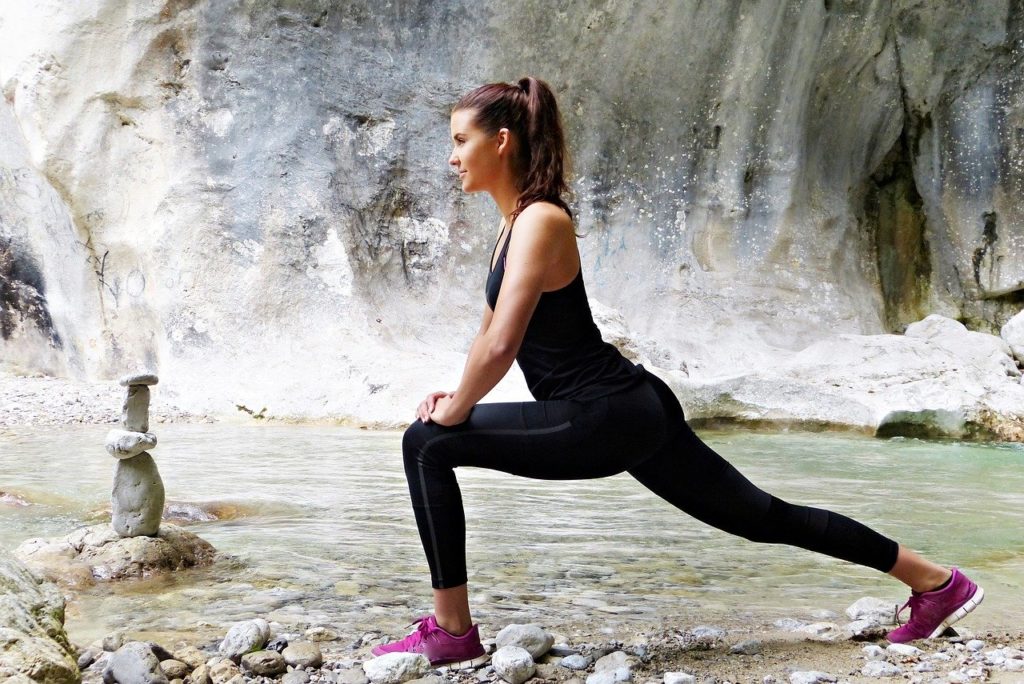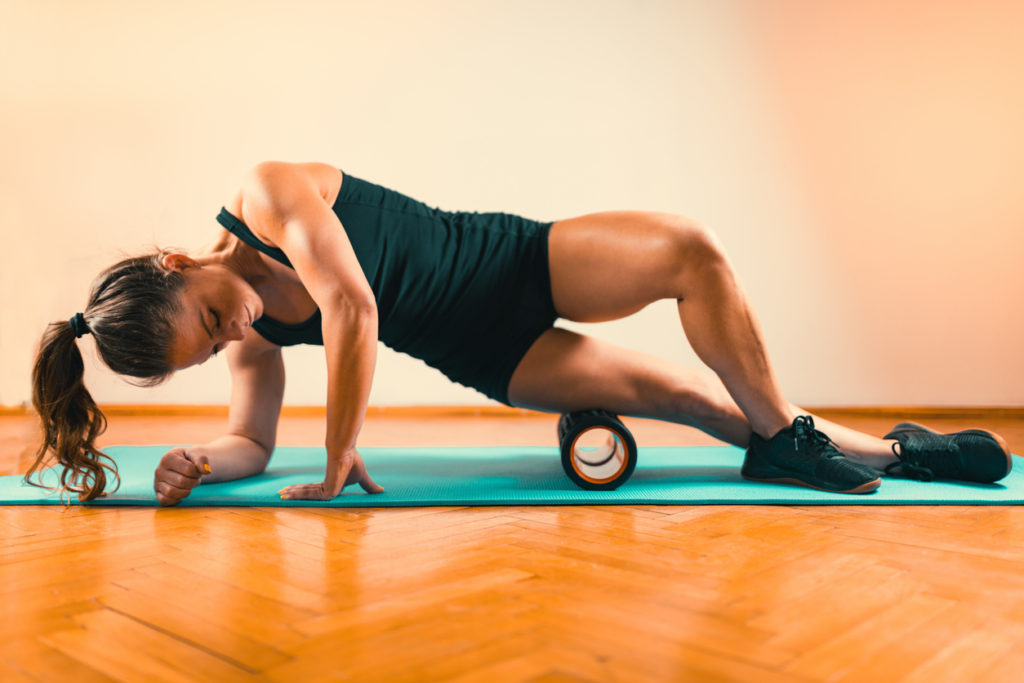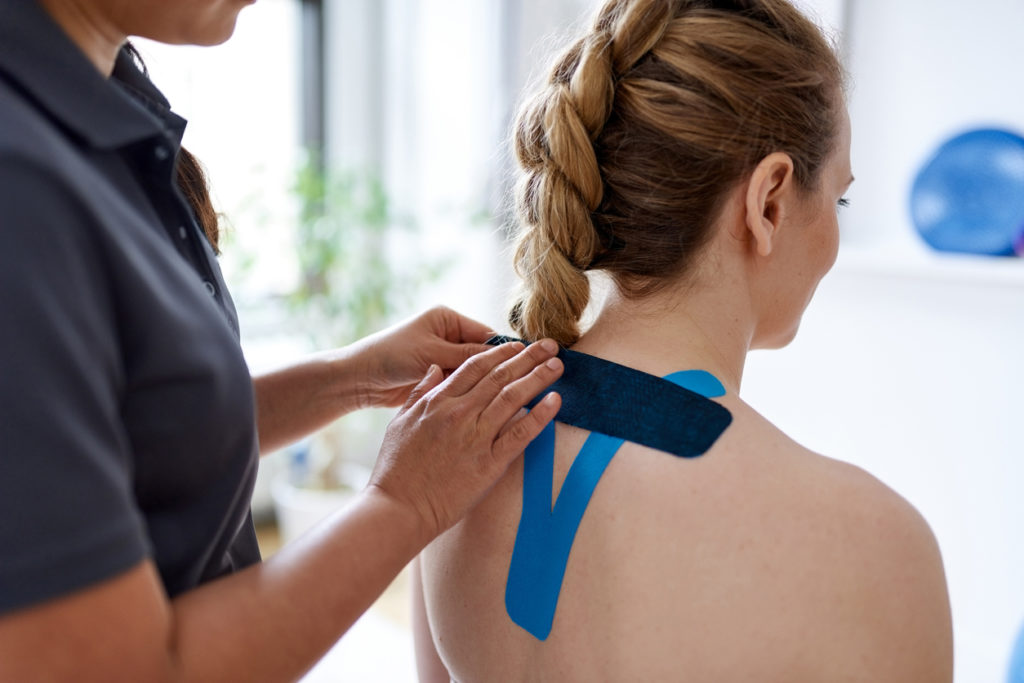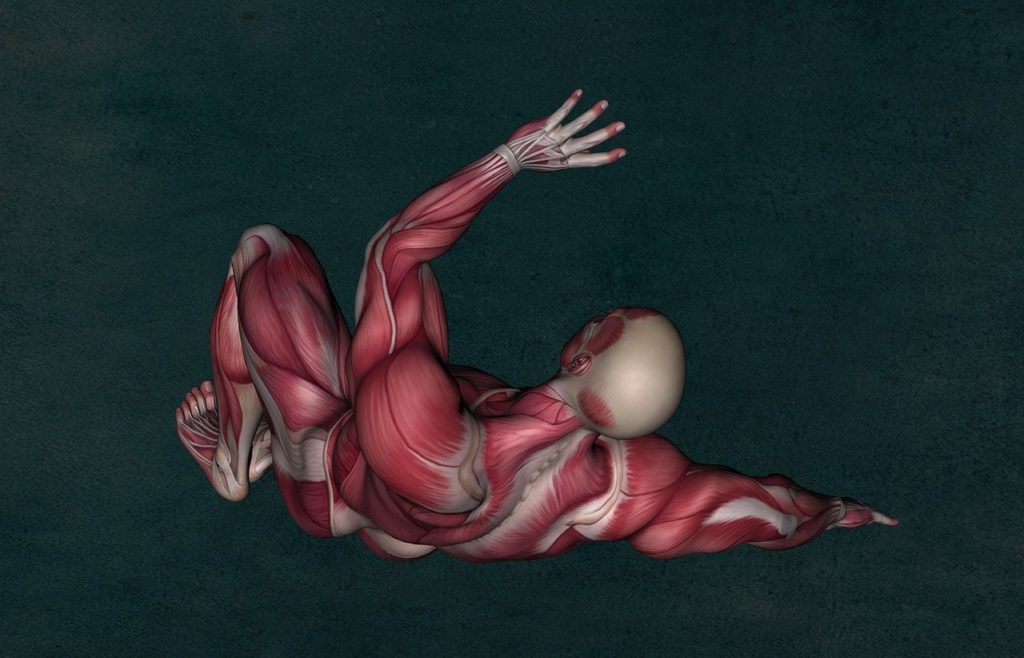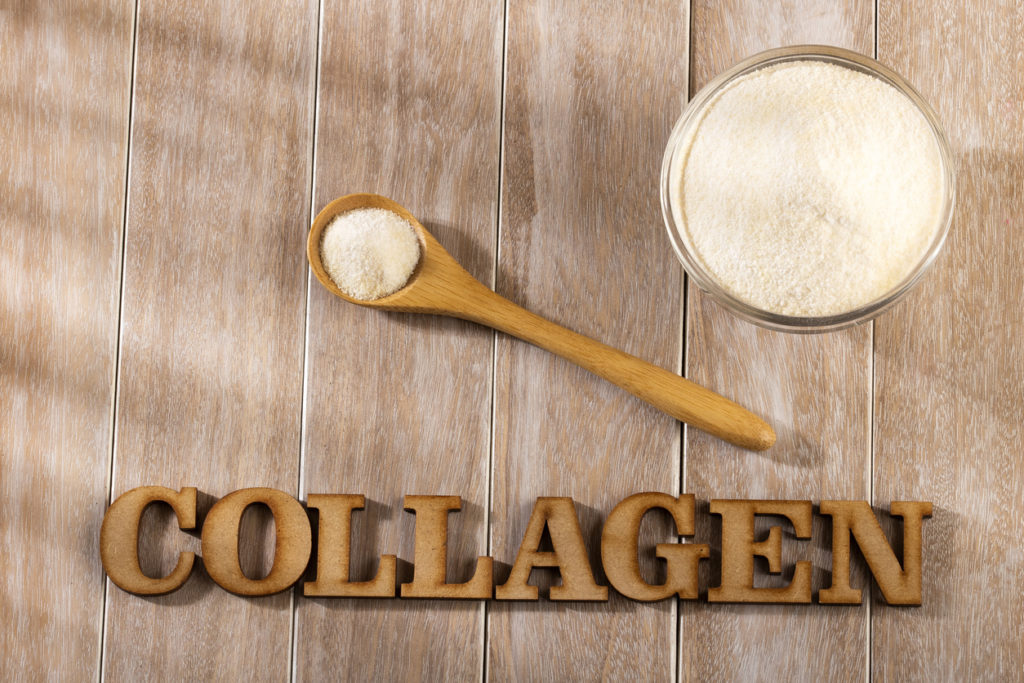A training session, whatever the discipline in question, is always followed by a stretching session. This is a series of exercises that consist of relaxing and releasing tension on the joint capsule. For decades, the technique used to stretch the muscles has been stretching.
It is a muscle stretching technique that involves stretching the desired muscle by putting the opposite tension to the contraction to relax it. Stretching is a good technique, but it can have traumatic consequences for tendons and joints.
With this in mind, professional coaches have developed a myotensive stretching technique that is less brutal than stretching but arguably more effective:osteopathy.
What is osteopathy?
In the truest sense of the word, osteopathy is a therapeutic approach that involves manipulating the musculoskeletal system and myofascial release techniques to bring relief to a part of the human body. Indeed, according to the principle of osteopaths, the structure of the body has a physiological function.
Each function maintains a structure just as the structure maintains governs the function. In this perspective, the skeleton and its musculature are of great importance as a support for the other organs. Its natural mobility is essential for a good and lasting functioning of the nervous, muscular and circulatory systems..
The techniques used in osteopathy
Depending on the part of the body to be treated, there is a specific osteopathic technique. Among the most commonly used techniques at present, we distinguish:
- Slow passive joint mobilisation techniques: this is the basic technique in osteopathy. They are used to mobilise the joints and restore joint movement.
- Active joint mobilisation techniques: this is a technique which allows a certain joint amplitude to be achieved to allow muscle recovery.
- Mixed joint mobilisation techniques: to treat joint stiffness and to treat loss of mobility of joints, muscles and ligaments.
- Reflex techniques: for reflex treatment of connective tissue and certain neuromuscular problems
- Mobilization techniques of soft and peri-osseous structures: to treat cranial, visceral, facial. . .
- Liquid techniques: without manipulation and which can affect the whole body
- The psycho-cognitive technique: to develop self-confidence.
The benefits of osteopathy
Known as the back pain therapist, osteopathy has various benefits for the whole body, especially in the treatment of muscular and skeletal pain. Through its various variants, osteopathy can treat cardiovascular, digestive, genital, urinary and neurological disorders.
Just by fine palpation, the osteopath manages to detect the tensions that cause the patient's discomfort. They then carry out manipulations in order to restore the balance.
Osteopathy is a treatment of the whole body. For osteopaths, the body is made up of different parts that are connected to each other. Aches and pains, bad posture, trauma and stress do not affect just one system. They affect the whole body, causing a general dysfunction.
The treatment of each problem consists of restoring harmony in the musculoskeletal system by restoring mobility and motility.
How to use osteopathy to stretch?
Osteopathy is currently recognised as the best method for relieving muscular and skeletal tension. For sportsmen and women, the discipline allows stretching parts of the body such as the back, neck, shoulder, abdominal, lumbar, psoas, legs and posterior chain, adductors, abductors, calves, hands and feet.
Used in the field of stretching, osteopathy will allow to:
- Rebalance muscular tensions
- Soften tissues
- Relieve pain linked to energy retention
- Eliminate toxins secreted during exercise
- Prevent cramps
- Stimulate blood circulation
In order for the stretching to be effective, it should be done one hour after the sport session. The pressure on the points to be treated should be maintained between thirty seconds and one minute, and it should be slow to have more progressive effects.
The patient should not feel pain but rather the sensitivity of the tension effect of each pressure.

